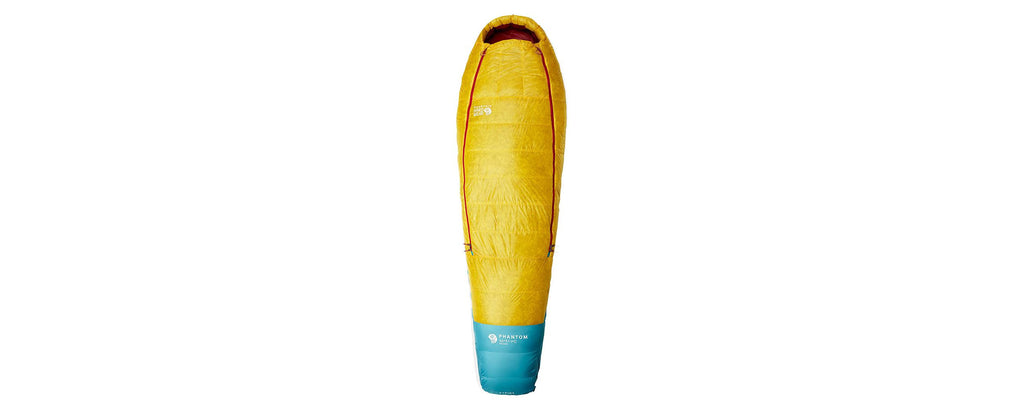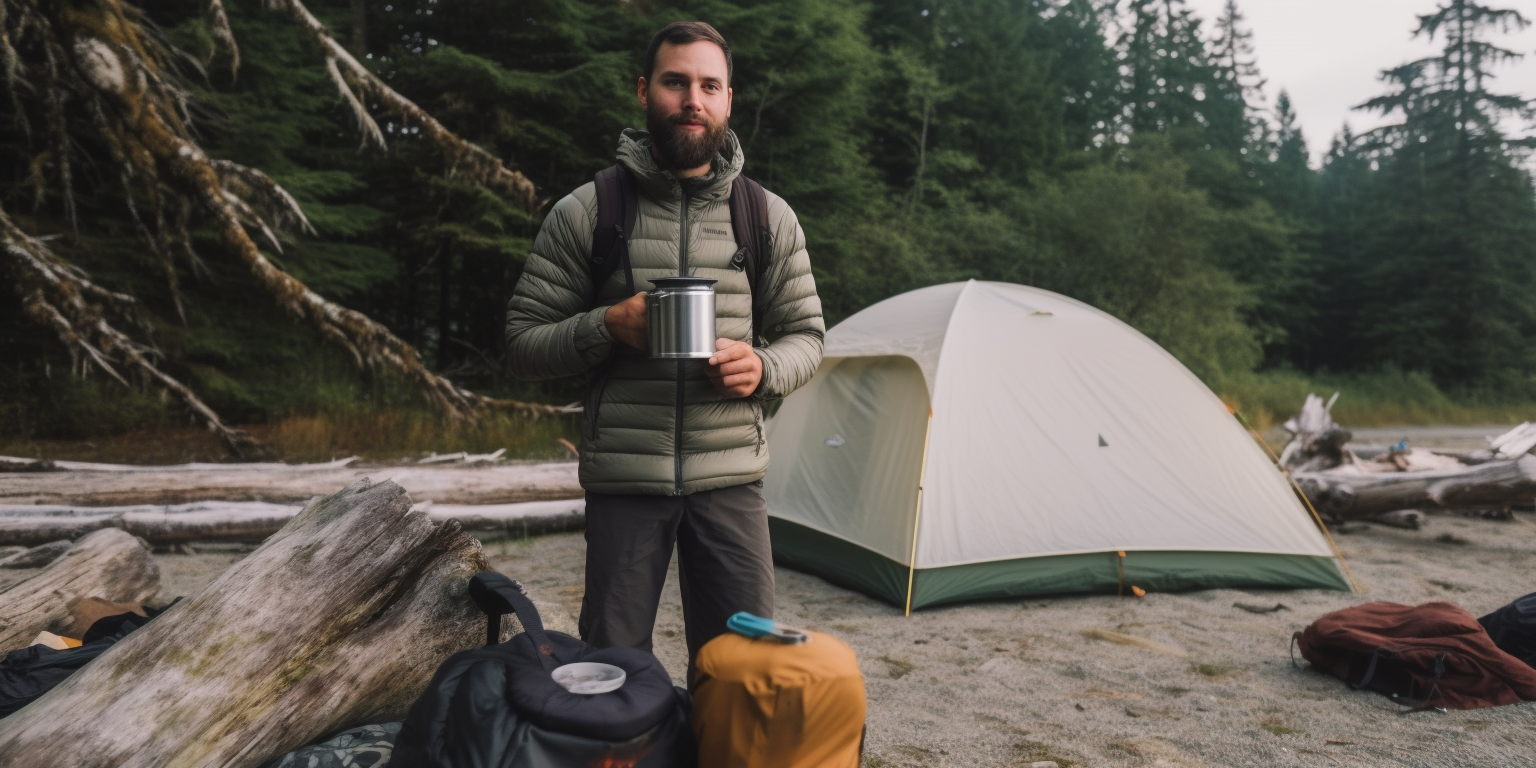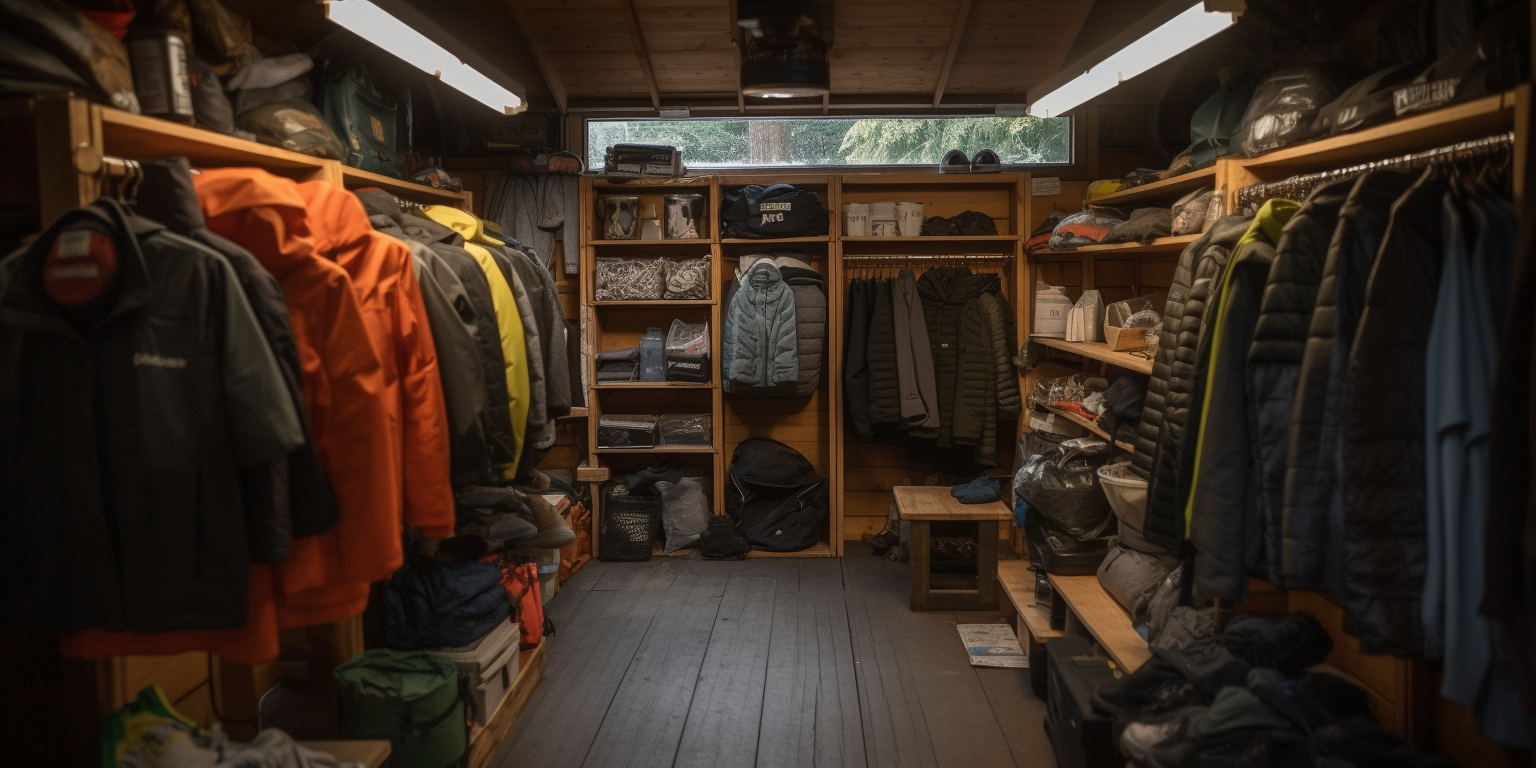
Choosing the Right Sleeping Bag
Choosing the Right Sleeping Bag
Sleeping bags are essential for any outdoor adventure, whether it be a short hike, a camping trip or a full-blown expedition. A good sleeping bag is needed to ensure a good night's sleep, which is crucial for the body to rest and recover from the exertions of the day. However, selecting the right sleeping bag can be tricky, especially when there are hundreds of pounds at stake - hopefully this article will help!
Temperature Ratings
The first thing to consider when selecting a sleeping bag is the temperature rating. Sleeping bags are rated based on the lowest temperature they can comfortably handle. The temperature rating is divided into three categories: comfort, limit, and extreme.
- The comfort rating is the temperature at which the sleeping bag should be used to provide a female with a comfortable good nights sleep.
- The limit rating is the lower limit temperature at which the sleeping bag should be used - enabling an average adult male to remain asleep for 8 hours.
- The extreme rating is the minimum temperature at which the sleeping bag can keep an adult female alive for 6 hours without risk of death from hypothermia.
It is important to choose a sleeping bag with the right temperature rating for the conditions you will be facing. For example, if you are going on a summer camping trip in the UK, a sleeping bag with a comfort rating of 5°C to 10°C should be sufficient. However, if you are planning a winter expedition in the Scottish Highlands, you will need a sleeping bag with a comfort rating of -10°C to -20°C. Note that the temperature rating is usually referring to the comfort rating.
Insulation Types
The next thing to consider when selecting a sleeping bag is the type of insulation. The two main types of insulation are down and synthetic. Down insulation is made from the soft feathers of ducks or geese, while synthetic insulation is made from polyester fibers.
Down insulation is lighter and more compressible than synthetic insulation, making it ideal for backpacking and expeditions where weight and pack size are important considerations. However, down insulation loses its insulating properties when wet, so it is not suitable for wet conditions.
Synthetic insulation is bulkier and heavier than down insulation, but it retains its insulating properties when wet, making it more suitable for wet conditions.
Shape and Size
The shape and size of the sleeping bag are also important considerations. Sleeping bags come in a variety of shapes, including mummy, rectangular, and semi-rectangular. Mummy-shaped sleeping bags are the most thermally efficient, as they have less air space to heat up, while rectangular-shaped sleeping bags are more comfortable but less thermally effective.
When it comes to size, it is important to choose a sleeping bag that is the right length and width for your body. Sleeping bags come in different lengths, ranging from 180 cm to 220 cm. It is important to choose a sleeping bag that is long enough for your body, as a bag that is too short will leave part of your body exposed, leading to heat loss. Similarly, a bag that is too wide will not be as thermally efficient, as there will be more air space to heat up.
Weight and Pack Size
Weight and pack size are important considerations for backpackers and expeditioners. A sleeping bag that is too heavy or bulky can be a burden when hiking or mountaineering. Down insulation is generally lighter and more compressible than synthetic insulation, making it ideal for backpacking and expeditions where weight and pack size are important considerations.
Additional Features
Some sleeping bags come with additional features, such as draft collars, hoods, and zippers. Draft collars are designed to prevent heat loss through the neck and shoulder area, while hoods are designed to keep the head warm. Zippers can be full-length, half-length or no-zipper. Full-length zippers are the most versatile, as they allow the sleeping bag to be opened up fully for ventilation on warm nights.
Recommended Sleeping Bags:
And two further Sleeping Bags if you're on a strict budget:
These two sleeping bags are only really suitable for spring and summer camping trips in the UK, and is a good option for those who are looking for a balance between affordability and quality. While it may not be as lightweight or packable as some of the more expensive options, it still provides good insulation and comfort at an affordable price. |

Conclusion
Selecting the best sleeping bag for hiking, camping and expeditions requires careful consideration of a number of factors, including temperature rating, insulation type, shape and size, weight and pack size, and additional features. A sleeping bag that is too warm can be just as uncomfortable as one that is too cold, while a sleeping bag that is too heavy or bulky can be a burden on the trail. It is important to choose a sleeping bag that is appropriate for the conditions you will be facing, as well as one that is comfortable and fits well.
It is also important to note that a good sleeping bag is an investment, and it is worth spending a bit more to get a high-quality bag that will last for years. In addition, taking good care of your sleeping bag will help extend its lifespan. It is important to store it properly when not in use and to clean it according to the manufacturer's instructions.
Suggested Articles
Embracing the Great Outdoors: How to Plan a Zero-Waste Camping Trip in the UK
As climate change and waste disposal continue to be pressing issues worldwide, many people are adopting sustainable ...
Untamed Beauty: The UK's Top 10 Off-Grid Destinations for Adventure Seekers
Discover hidden gems and extraordinary landscapes as you embark on a journey to the United Kingdom's most remote and ...
The Science of Staying Warm: Choosing the Right Clothing and Gear for Cold-Weather Expeditions
Cold-weather expeditions can be exhilarating and rewarding, but they also require careful planning and the right clot...











